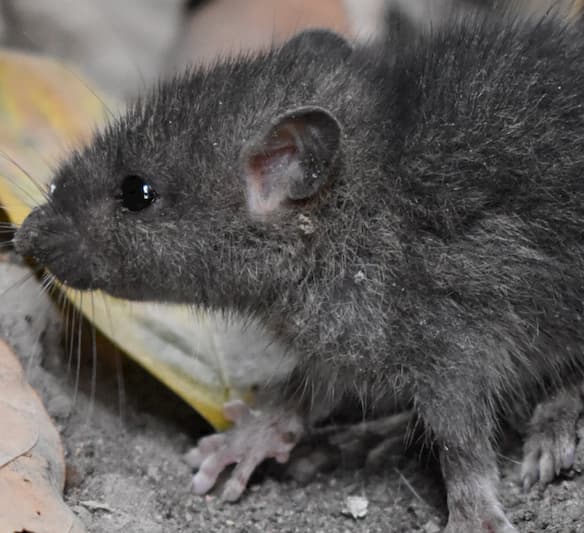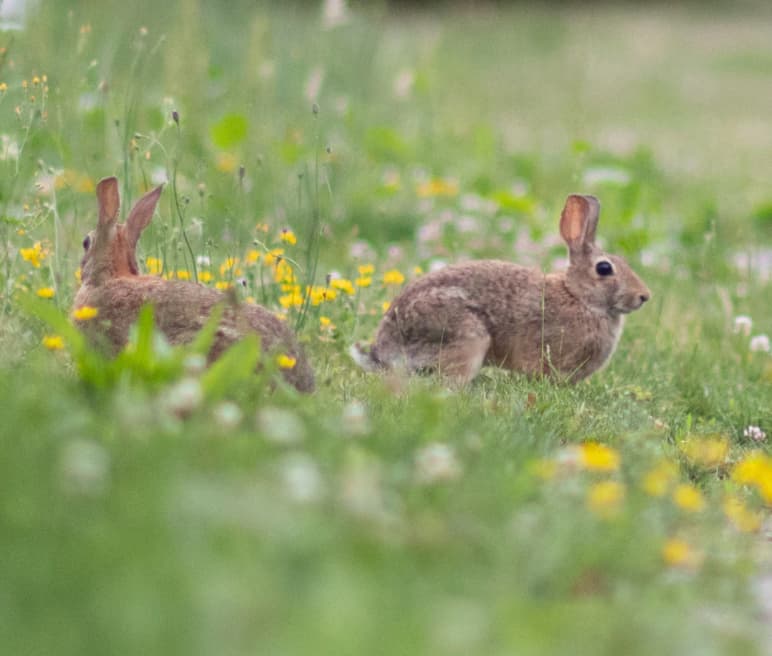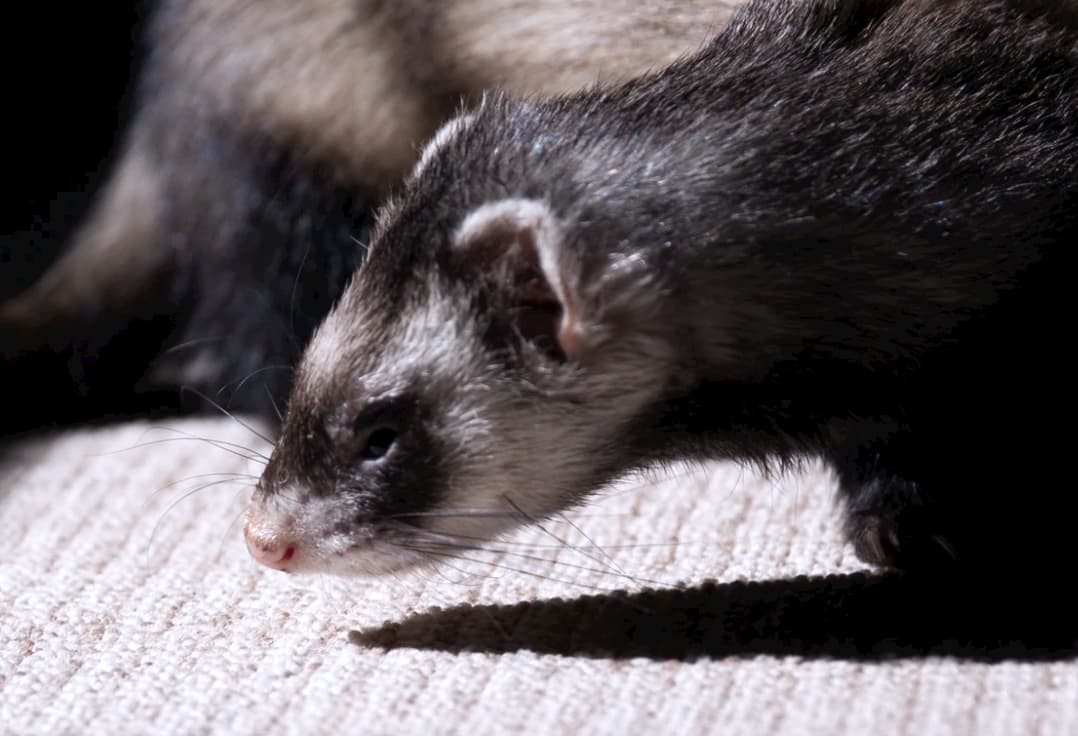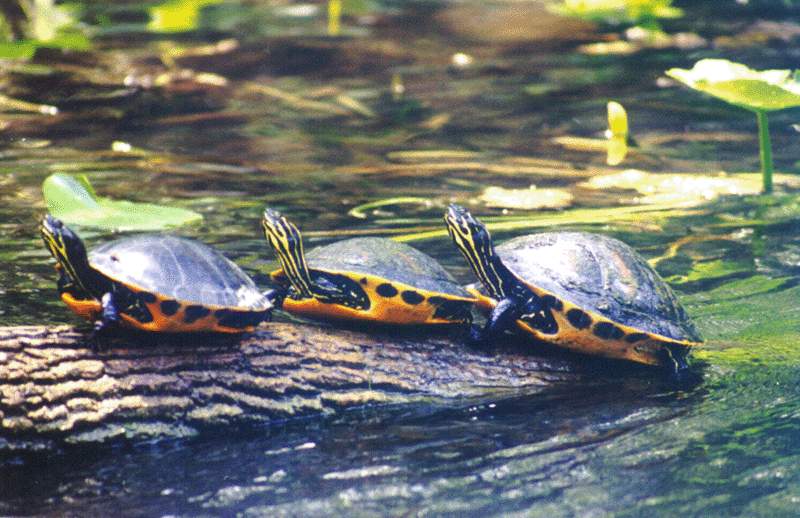Do you want to know how to look after a pet Mouse?
When many people think of getting a pet, they think about dogs and cats – but those are not the only kinds of pets to own. Some people want to have unique pets. They want to own something different than what other people have. That is one reason why some want to take care of a mouse.
Table of Contents
ToggleSo what is nice about a mouse? First, a mouse is tiny. It can sit in the palm of your hand. It can hide in your shirt pocket. Mouse loves to stay in small spaces. For its house, it only needs a small cage. This makes it very workable if you have a spare room in your home for a pet.
Another advantage of the mouse is that it keeps itself clean. Unlike a dog that you need to bathe to keep it clean, a mouse cleans itself all the time. Mouse already knows how to bathe itself from the time it was a baby. Even before a baby mouse opened its eyes, it already cleans its skin with its tongue.
Though it seems easy to take care of a mouse, there are still things you need to know.

Housing
The cage size you will need depends on the number of mice you keep together. For a pair or small group of females, a 2 feet square cage is good enough. Your pet mouse will appreciate your cage with various levels, as they do like rolling, running, and climbing, so it would be great to make it tall.
Wire cages and glass aquariums are the best types of cages. Aquariums will need a tight-fitting mesh lid. It is important to note that ammonia and other fumes build faster in a plastic-sided cage than in a wire cage.
The mouse also marks its territory, which means, if their cage is cleaned frequently, they may become distressed. So, each time you clean, leave a bit of the litter or old shavings in the cage, so their scent remains.
Mouse loves playing toys, tunnelling, and running on wheels. You can put cotton ropes, ladders, small cardboard boxes, paper egg cartons or toilet paper tubes, small cardboard boxes, and small willow balls.
Nesting and Substrate Needs
Inside the cage, ensure that you put a deep layer of a suitable substrate like aspen shavings in the cage. Avoid pine and cedar shavings due to its strong volatile oils. You can also give nesting material like hay, soft paper towel, or strips of facial tissue. Mouse will shred these and build nests from it.
A next box should be provided as well. Clay flower pots, either placed on sides or with holes cut in them, can be used. Only clean out the nesting materials once or twice a month.
Food and Water
Mouse can be fed a rodent mix, a commercially prepared complete diet, or a hamster diet. There are pellets available for mouse, but this can be a monotonous diet. Grain and seed-based blends are readily eaten and can provide more interest to the mouse.Supplement its meals with small quantities of fresh fruits and vegetables with apples, carrots, and greens a couple of times a week. If a food item causes diarrhea, then discontinue feeding it. Sunflower seeds are their favorites, but it can be fatty too, so don’t give too much of these.
Avoid also giving candy and potato chips, most especially chocolate, as it can be very toxic to the mouse. For treats, you can give whole-grain bread, cooked pasta, or crackers. For water, a fed-water bottle with a dispenser is preferred.
Common Health Issues
Tumors are common in mice, and can be malignant and deadly. Signs that your mouse are having tumors include a visible lump or swelling accompanied by lethargy or weight loss. Most tumors can be surgically removed, however, the recurrence is still likely.
Another common health condition is a gastrointestinal ailment called wet tail. It can quickly progress and may be deadly if left untreated. The symptoms include diarrhea, difficulty walking, lack of appetite, and lethargy.
Purchasing Your Pet Mouse
Mouse is one of the cheapest pets, which cost $5 to $10. Look for a breeder that searates males and females at a young age. When picking your mouse, look for one with a clean, smooth, and pink coat and clean skin on the ears and tail. Make sure that the mouth and anal areas should be clean and dry and eyes and nose should be free of discharge. Relatively fast breathing is normal, but should not be noisy. Check also the cage, make sure it is clean and that droppings look normal and not watery.




